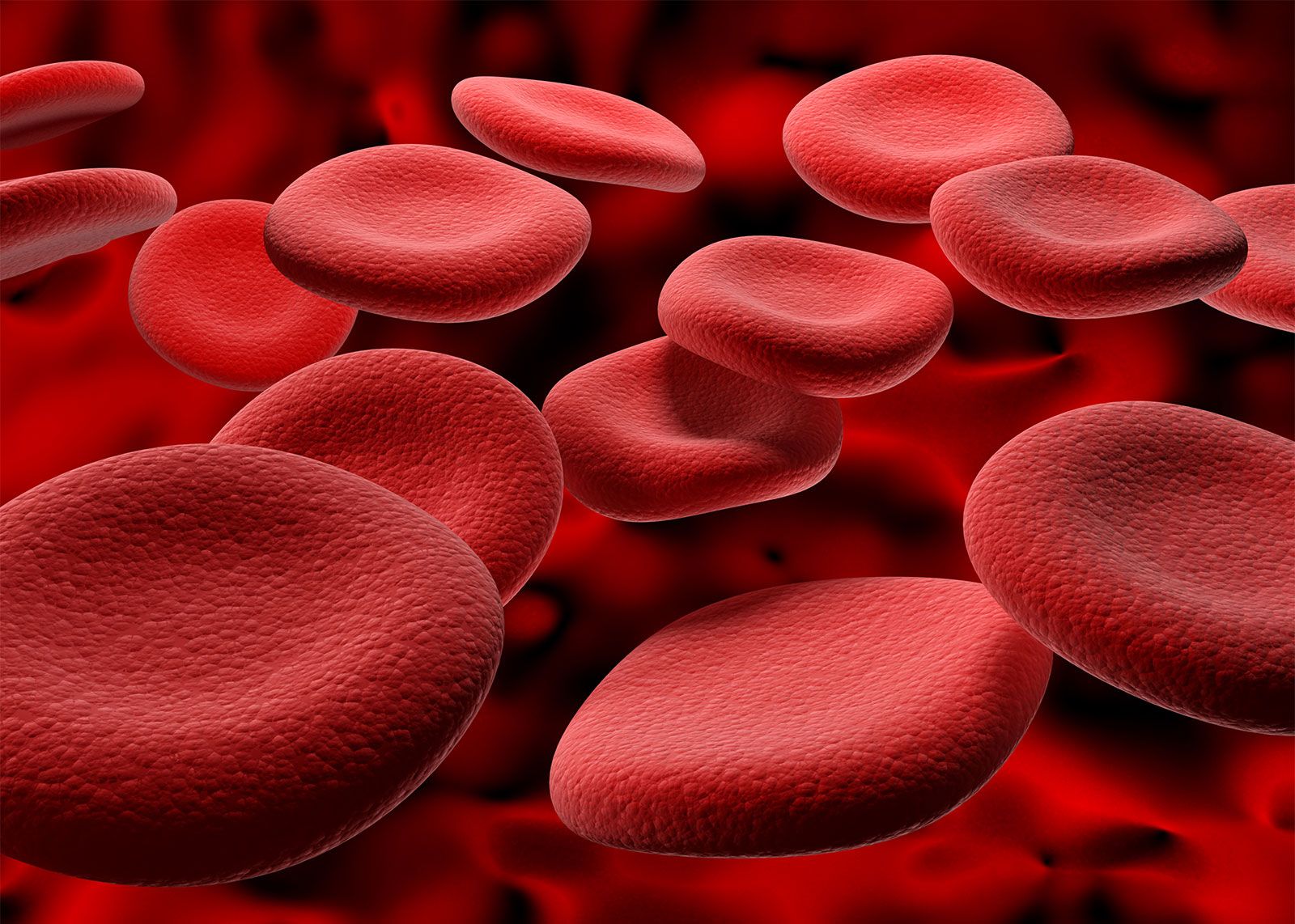The human body is a complex and fascinating system, with various mechanisms in place to maintain its delicate balance. One such mechanism is the cerebrospinal fluid (CSF) system, which plays a crucial role in protecting the brain and spinal cord. However, when this system is disrupted due to a CSF leak, it can lead to a range of debilitating symptoms. Fortunately, an effective treatment option is available in the form of a blood patch.
Understanding CSF Leaks
To comprehend the significance of a blood patch, it’s essential to understand what a CSF leak is. A CSF leak occurs when there is a breach in the dura mater, the outermost membrane that surrounds the brain and spinal cord. This breach allows the CSF to escape, leading to a decrease in CSF pressure. As a result, patients may experience symptoms such as headaches, nausea, vomiting, and even cognitive impairment.
Causes of CSF Leaks
CSF leaks can occur due to various reasons, including:
- Trauma to the head or spine
- Surgery, such as a lumbar puncture or spinal surgery
- Tumors or cysts that erode the dura mater
- Infections, such as meningitis
- Congenital conditions, such as a defect in the dura mater
What is a Blood Patch?
A blood patch is a non-surgical procedure that involves injecting a small amount of the patient’s blood into the epidural space, which is the area outside the dura mater. This injection helps to seal the leak by promoting clotting and inflammation, which eventually leads to the formation of a fibrin plug. The fibrin plug acts as a natural sealant, preventing further CSF leakage.
How Does a Blood Patch Work?
The exact mechanism of a blood patch is not fully understood, but it’s believed to work through several processes:
- Clotting: The injected blood clots, forming a seal over the leak site.
- Inflammation: The body’s natural inflammatory response is triggered, leading to the formation of scar tissue, which reinforces the seal.
- Fibrin plug formation: The combination of clotting and inflammation leads to the formation of a fibrin plug, which acts as a permanent seal.
Benefits of a Blood Patch
A blood patch is a highly effective treatment option for CSF leaks, offering several benefits, including:
- High success rate: Studies have shown that blood patches can be successful in up to 90% of cases.
- Minimally invasive: The procedure is relatively simple and doesn’t require surgery.
- Low risk of complications: The risk of complications, such as infection or nerve damage, is low.
- Quick recovery: Patients can usually resume their normal activities within a few days.
Procedure and Aftercare
The blood patch procedure typically takes around 30 minutes to an hour to complete. The patient is usually positioned on their stomach, and a local anesthetic is administered to numb the area. A small amount of blood is then drawn from the patient’s arm and injected into the epidural space using a needle.
After the procedure, patients are usually monitored for a few hours to ensure that there are no adverse reactions. They may experience some discomfort, such as headache or back pain, which can be managed with pain medication. It’s essential to follow the doctor’s instructions regarding rest, activity level, and follow-up appointments.
It's crucial to note that a blood patch is not a cure-all for CSF leaks. In some cases, multiple blood patches may be required to achieve complete sealant of the leak. Additionally, patients should be aware of the potential risks and complications associated with the procedure, such as infection, nerve damage, or allergic reactions.
Conclusion
A blood patch is a highly effective treatment option for CSF leaks, offering a high success rate, minimal invasiveness, and low risk of complications. While it’s not a cure-all, it can provide significant relief from symptoms and improve the quality of life for patients suffering from CSF leaks. If you’re experiencing symptoms of a CSF leak, it’s essential to consult with a healthcare professional to discuss the best course of treatment.
What are the symptoms of a CSF leak?
+Symptoms of a CSF leak can include headaches, nausea, vomiting, cognitive impairment, and even hearing or vision problems. If you're experiencing any of these symptoms, it's essential to seek medical attention.
How long does it take to recover from a blood patch?
+Recovery time from a blood patch can vary depending on the individual and the severity of the CSF leak. Patients can usually resume their normal activities within a few days, but it's essential to follow the doctor's instructions regarding rest and activity level.
Are there any risks or complications associated with a blood patch?
+While a blood patch is generally a safe procedure, there are potential risks and complications, such as infection, nerve damage, or allergic reactions. It's essential to discuss these risks with your healthcare professional before undergoing the procedure.
In conclusion, a blood patch is a highly effective treatment option for CSF leaks, offering a high success rate, minimal invasiveness, and low risk of complications. By understanding the causes, symptoms, and treatment options for CSF leaks, patients can take the first step towards regaining their health and improving their quality of life.



